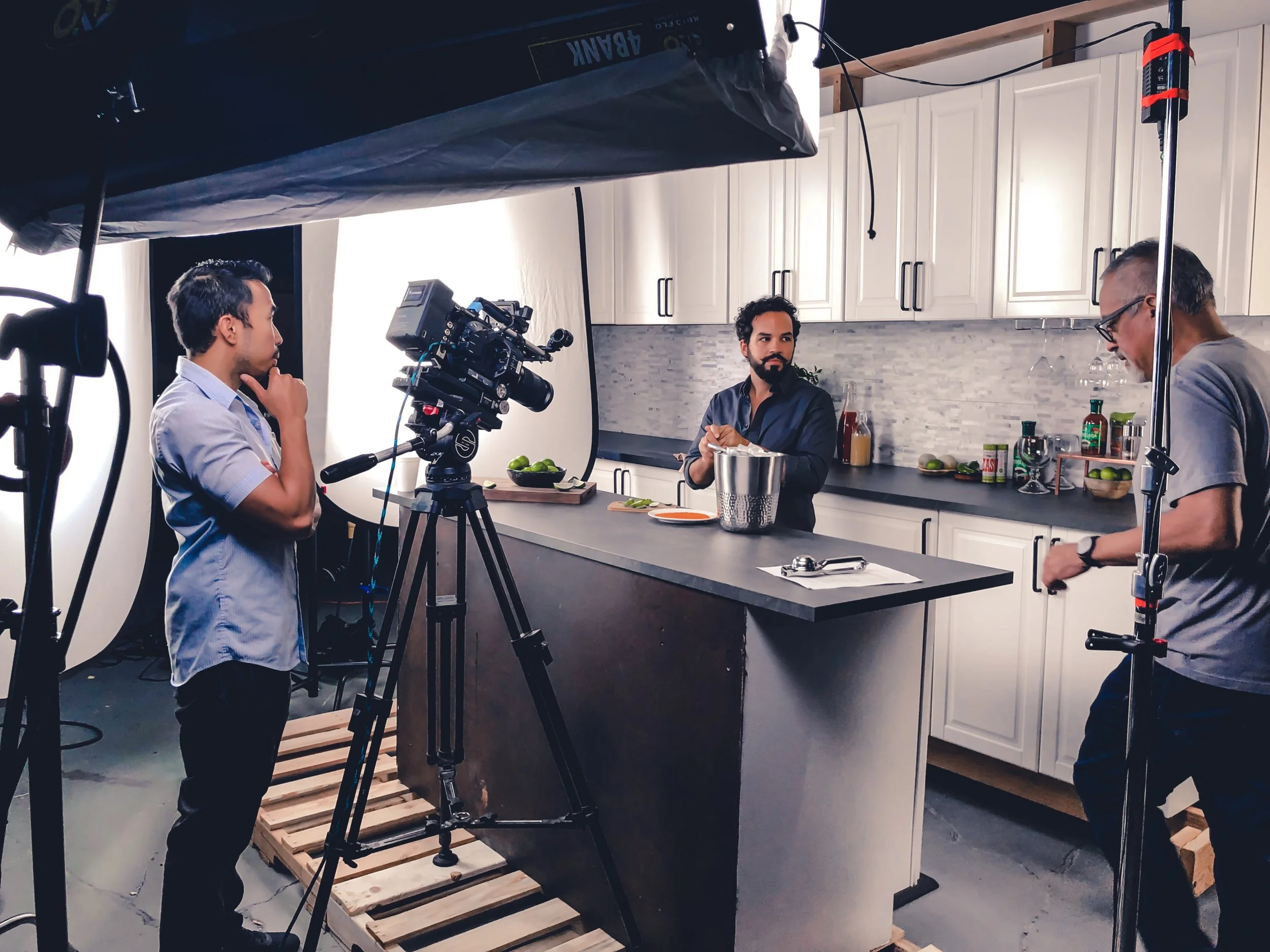Looking for the best strategies to get views to your video once it’s uploaded? Promotional efforts start by understanding the type of traffic on the platform or blogs you want to reach. Once that is determined, upload the video with an engaging post filled with relevant keywords and hashtags when your audience is active on the platform. In this clip from our video content course, we go over the tactics you need to do to promote your videos on social media through organic reach and paid ads.
Thumbnails and Covers
Need inspiration on thumbnail covers? Thumbnails are the glimpse of your video viewers see as they scroll in their feed. Research which thumbnails do best in your industry, video type, and social media platform as you choose your thumbnail. In this clip from our video content course, we reveal how to select a thumbnail and cover image and offer suggestions on choosing a relevant high-quality photo as your cover photo.
Video Uploading Tips: Instagram Edition
New to posting videos on Instagram? Looking for video uploading rules or strategies to implement so your videos don’t look cut off in your profile? Don’t worry! We’ve got you covered with our video that goes into the basic tips into uploading videos on Instagram. We explain the certain aspect ratios, resolution sizes, as well as the recommended device needed to upload videos onto the platform. Know all the components of uploading to Instagram, and soon your videos will be IG ready!
Instagram is probably one of, if not the most confusing platforms to upload videos to. With what seems like a million different aspect ratios and rules, it can be overwhelming. That’s why we’re here to provide you with the basics and have you racking up views and likes in no time.
First of all, there are two types of videos on Instagram: regular videos, which are under 60 seconds, and IGTV videos, which are over 60 seconds. Each of the two types of videos has two aspect ratios. Regular videos can have aspect ratios of either 1.9:1 or 4:5, while IGTV can have videos with aspect ratios of either 16:9 or 9:16. IGTV videos, on top of being over 60 seconds in length, have to be both an MP4 file and under a 3.6 GB file size.
IGTV videos, similar to YouTube, have thumbnails, which is a picture that users see before viewing the video. These thumbnails have a totally different aspect ratio of 1:1.55. The minimum resolution of them can be 492 x 792 pixels, but Instagram recommends a resolution of 1240 x 1920 pixels.
While Instagram can be used on both mobile devices and computers, it is very limited on computers. The only videos you can upload from computers are IGTV videos, not regular videos. Keep this in mind when you need to upload regular videos.
Lastly, you can connect your Instagram and Facebook accounts to allow simultaneous uploads between the two platforms. This can be very helpful in reducing time if you run multiple social media pages.
Modify Your Social Media Videos To Fit On All Platforms
Make platform specific videos, not just one video for all channels.
Have you ever seen a video online that’s been uploaded to all social media platforms, but is the same video across the board? It’s suddenly cut off at 1-minute on Instagram, it isn’t formatted correctly for vertical, or doesn’t have a proper endscreen on YouTube.
You should know how videos should be properly edited and uploaded for each platform to optimize your engagement and traffic. Know the aspect ratios, customize thumbnails, study optimal lengths, and read up on the best specifications for each platform.
And remember our CTA, that’s always important.
